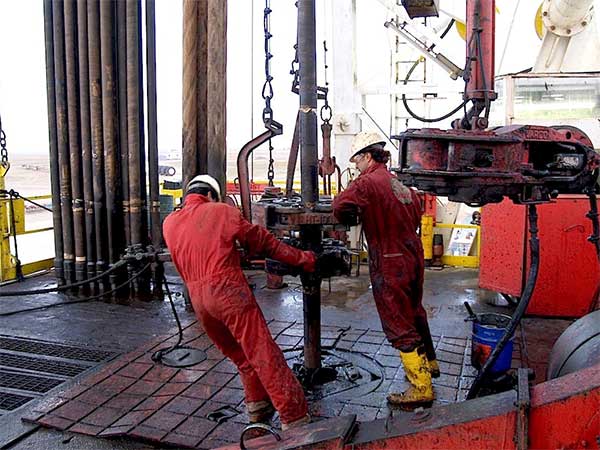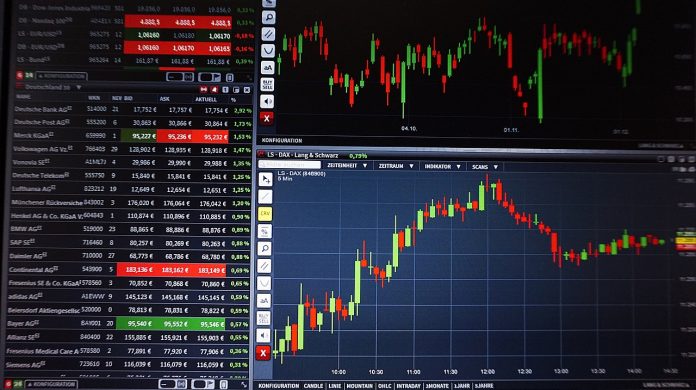Over the past few decades, Saudi Arabia and the United States have been allies – as both have much to gain from the relationship. For Saudi Arabia, being friendly with the U.S. grants them the protection of the American military. In return, the United States receives oil – which Saudi Arabia readily supplies in large quantities. Recently, the U.S. has relied heavily on this diplomatic connection for oil imports.
In making friends with the United States, however, Saudi Arabia has made already poor relations even worse with Iran, their arch enemies ever since the mullahs (Islamic clerics) took control of the country many years ago. Iran’s non-stop rhetoric threatening death to America and (by extension) Saudi Arabia has only divided the countries, even more, chasing the Saudis right into the arms of the United States.
As an oil producing nation itself, Iran is not only a political enemy of Saudi Arabia, but a competitor as well.
So in a search for economic legitimacy, Saudi Arabia has been working diligently to reduce their reliance upon oil exports for economic growth, with some success. However, to this day oil continues to make up over 60% of the country’s total GDP.
For Saudi Arabia, this is a crucial endeavor – potentially critical to their continued economic growth.
Oil prices fell last year, and in response, the Organization of the Petroleum Exporting Countries (OPEC) curtailed the production of oil to stop the bleeding. This reduction caused the Saudi economy to contract for the first time in 10 years and served as a major wake-up call for the nation.
Even though Saudi Arabia has made some progress in that regard, over the last year, it has largely been an uphill battle without help from the United States.

That is, until recently, when President Trump threw out the Iran nuclear deal (or non-deal depending on your point of view). Intentional or not, Trump’s decision to walk away damaged Iran economically and politically, while simultaneously bolstering Saudi Arabia.
The president reinstated harsh sanctions against Iran, this time reducing the production of Iranian oil, and reducing the total supply of oil to the world market. Don’t forget – Venezuela, another major oil producer, experienced an economic collapse that consumed its oil exports.
This removal of two major players in the oil market opened the door for Saudi Arabia, who increased oil production to make up the difference. As you could imagine, this was massive news for the oil-reliant country. Saudi Arabia’s economy was pulled out of its dive and recovered nicely – growing once again quarter after quarter.
After this power play by the United States, America now has far more leverage in the world oil markets as well as control over its destiny – in part due to the Trump administration’s support of oil shale technology and production.
Throughout this whole fiasco, Trump has shown yet again his ability to throw the U.S. economy’s weight around (as well as the U.S. oil industry) when dealing with the country’s adversaries and allies alike. At merely a year and a half into his presidency, he has managed to turn the United States from the punching bag of the world into an economic kingmaker.
Need further proof? Look at the adverse effects of the trade sanctions the U.S. imposed against China, who’s weakened economy continues to grow weaker still with each passing day. By utilizing the deadliest weapon at his disposal (the American economy), Trump has made sure that the United States is no longer a victim of bad trade deals, but instead the puppeteer pulling the strings of the world economy.









